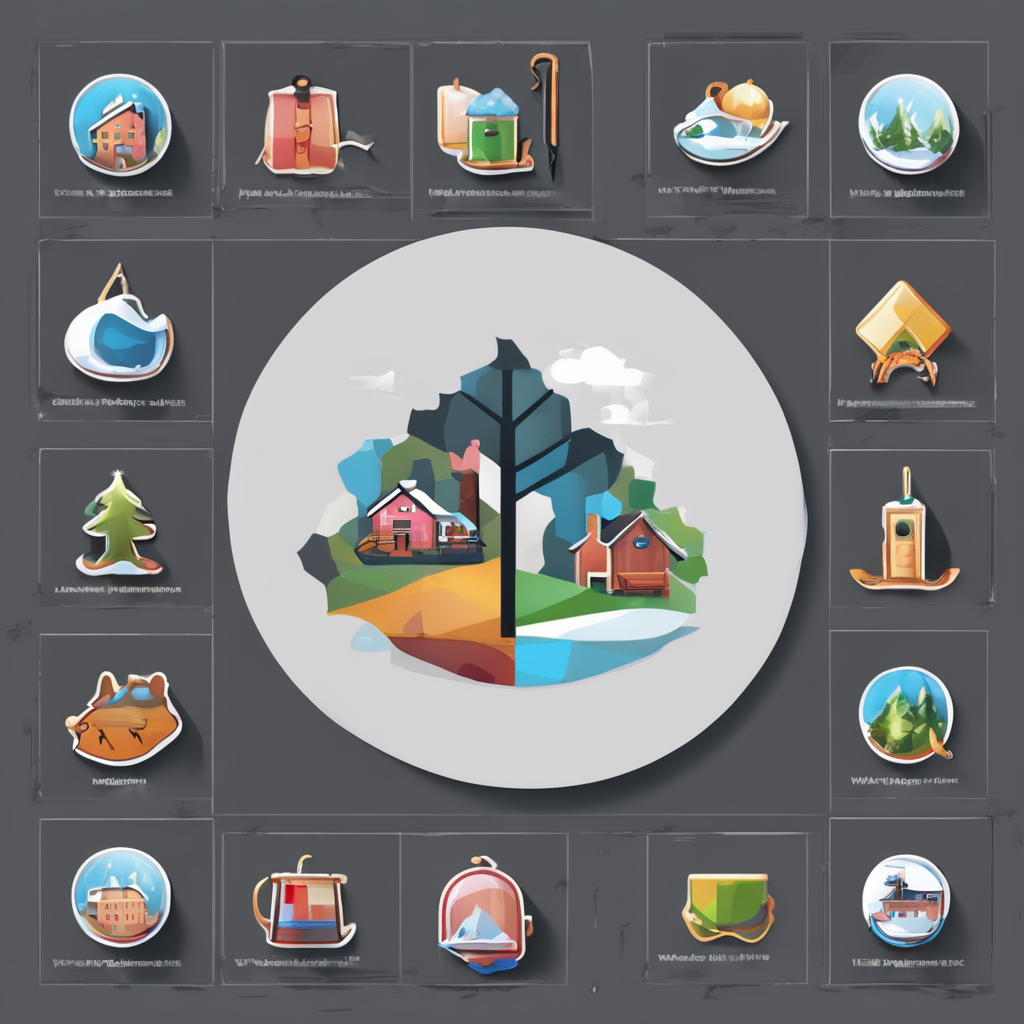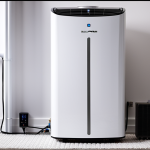Key safety standards for UK garden play areas on sloped surfaces
Ensuring UK garden play area safety on sloped terrain involves adhering to stringent Britain child safety standards and playground regulations designed specifically to tackle unique risks posed by uneven ground. The primary goal is minimizing injury risks linked to falls, slips, and impacts.
British safety regulations require that play areas on slopes incorporate adequate measures such as secure handrails, non-slip surfaces, and appropriate fall zones that consider increased momentum downhill. They also demand careful anchoring of equipment to prevent shifting on unstable or inclined ground.
Additional reading : Elevate your uk bathroom into a stylish green sanctuary: the ultimate guide to eco-luxury design
Common hazards include sudden changes in gradient causing trips, water pooling increasing slip risks, and soil erosion undermining footing stability. Playground regulations address these by mandating both surface drainage solutions and erosion control methods to maintain safe play surfaces. Additionally, slopes steeper than recommended often necessitate terracing or retaining features to break up the incline.
In summary, the standards emphasise customizing home play areas to the terrain, ensuring that UK garden play area safety is not compromised by slope challenges through a mix of structural precautions and surface management aligned with Britain’s strict regulatory framework. This safeguards children during active outdoor play even on uneven ground.
Also read : Revamp your british garage: the ultimate diy guide to designing the perfect home workshop
Effective landscaping techniques for sloped garden play areas
Landscaping for slopes in garden play areas requires practical solutions to ensure slope stability and safe usage. Terracing is a highly effective method—it involves creating flat platforms or steps at intervals along the incline. This reduces the length of slope children must navigate at once, thereby lowering risk and making play more manageable. Retaining walls support these terraces and prevent soil erosion, crucial for maintaining firm, stable ground over time. Materials such as timber, stone, or concrete are commonly employed depending on garden aesthetics and durability needs.
Using natural materials like reinforced soil and native plants enhances slope stability by binding soil and reducing surface runoff. Proper landscaping integrates these elements to create resilient, kid-friendly environments. For example, positioning play equipment on terraced levels distributes weight evenly and minimizes movement risks on uneven ground.
Ground levelling options extend beyond terracing; slight contouring smooths abrupt gradient changes and facilitates installation of safe play surfaces that comply with safety guidelines. These landscaping approaches combine structural integrity with child-friendly design elements. Ultimately, thoughtful garden landscaping for slopes not only safeguards children but also enriches the play experience by blending natural beauty and functionality.
Choosing safe and suitable play equipment for uneven terrain
Selecting play equipment for slopes requires prioritising stability, durability, and safety features tailored to uneven ground. UK children’s play products designed for sloped areas often include adjustable leg supports and wider bases to prevent tipping on inclines. For instance, climbing frames and swings with enhanced anchoring options help maintain safety despite the terrain challenges.
What types of outdoor toys for uneven ground are best suited? Equipment such as low-level balance beams, modular playhouses, and spring rockers with flexible mounts accommodate slope variations while encouraging active play. These are designed to comply with Britain child safety standards, ensuring materials and construction meet robust safety requirements.
Safety features to prioritise include slip-resistant surfaces, secured anchorage to prevent shifting, and edges designed to minimise injury risk during falls. Soft impact-absorbing surfacing beneath equipment further aligns with playground regulations for child safety on sloped surfaces.
Top UK manufacturers specialising in slope-friendly products often provide professional guidance on installation and maintenance, helping families choose and place equipment correctly. This expert support is crucial to uphold UK garden play area safety, especially on challenging inclines, ensuring children enjoy outdoor play safely and confidently.
Drainage solutions and surface coverings for sloped play areas
Effective drainage for sloped gardens is critical to maintaining safe, dry, and stable play surfaces. Slopes increase water runoff speed, risking soil erosion, slippery patches, and pooling that violate Britain child safety standards. Managing water flow prevents slippery ground hazards and protects the integrity of the terrain beneath play equipment.
To address this, regulations recommend installing channel drains, French drains, or swales that redirect runoff safely away from play zones. Permeable surfacing materials are encouraged to absorb water, reducing surface wetness and erosion.
Safe play area surfacing options compliant with playground regulations UK commonly include rubber mats with shock-absorbing properties, bark chips, or artificial grass mats designed for outdoor durability. These surfaces cushion falls and maintain traction, fulfilling safety criteria for impact attenuation on sloped grounds.
Preventing soil erosion alongside drainage is achieved through applied ground coverings combined with natural vegetation or stabilising mats, ensuring pathways remain accessible and secure for children.
Incorporating these drainage and surface strategies creates resilient play areas that comply with UK garden play area safety requirements, reducing injury risks from slips and falls while extending the lifespan of equipment installed on inclines.
Key safety standards for UK garden play areas on sloped surfaces
British regulations emphasise stringent measures to ensure UK garden play area safety on uneven terrain aligns with Britain child safety standards. What are the core guidelines for sloped play zones? These include securing play equipment firmly to prevent movement, using non-slip, impact-absorbing surfaces that accommodate increased fall risks on inclines, and establishing adequate fall zones that consider children’s greater momentum downhill.
How do these regulations address common slope hazards? Sudden gradient changes that cause trips are mitigated through careful landscaping and surface grading. Drainage protocols prevent water accumulation, reducing slippery surfaces. Anchoring standards require equipment to resist shifting due to unstable ground.
Furthermore, playground regulations mandate features like handrails or guardrails on steeper slopes to protect against slips and falls. They also specify maximum slope gradients allowable for different play equipment types. This ensures equipment and surfaces cooperate to prevent accidents.
Overall, adherence to these playground regulations UK safeguards children by blending structural stability, surface safety, and hazard prevention tailored specifically to the challenges posed by sloped garden terrains. These measures maintain a secure, enjoyable outdoor play environment consistent with established UK safety frameworks.




